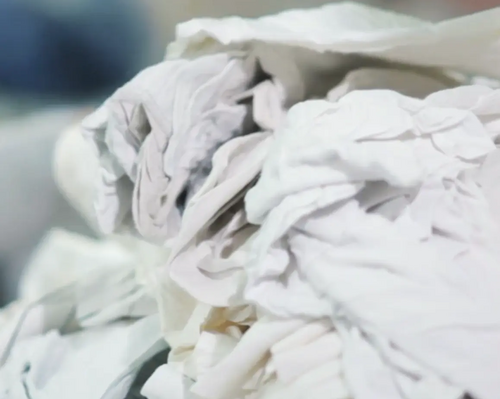DECATHLON'S strategy
In its circular economy approach, DECATHLON is committed to reducing its environmental impact at every stage of the product life cycle. The company facilitates the recycling of its sports equipment that is no longer suitable for use at the end of its life. DECATHLON is working to find new technological solutions and to adapt recycling channels for sports goods in order to ultimately increase their recycling rate.
Given the importance of, and multiple issues related to, recycling sports goods, DECATHLON decided to increase the strategic importance of this subject in its business plan. The group put its teams to work at every level of its organisation and along its entire value chain, focusing on four pillars:
1. Working on new, less impactful sources for the raw materials most commonly used by DECATHLON, prioritising textiles (cotton, polyester, and polyamide), rubber and plastic (PVC) originating from end-of-life products.
2. Designing a recyclable offer, starting with textile products, footwear and inflatable products.
3. Constructing an efficient ecosystem of partners (collectors, sorters and recyclers) so the sector’s challenges can be met together, by implementing the sorting, disassembling and recycling technologies that are most suitable in technical, environmental and economic terms.
4. Creating value through recycling and by reducing CO2 emissions.
Using this strategy, DECATHLON aims to grow the recycling sector by working closely with the sector players. For the various materials and priority products, it aims to progressively create pre-industrial and then industrial flows so that the company will eventually be able to incorporate recycled materials from end-of-life products into production, thereby reducing its environmental impact.
















